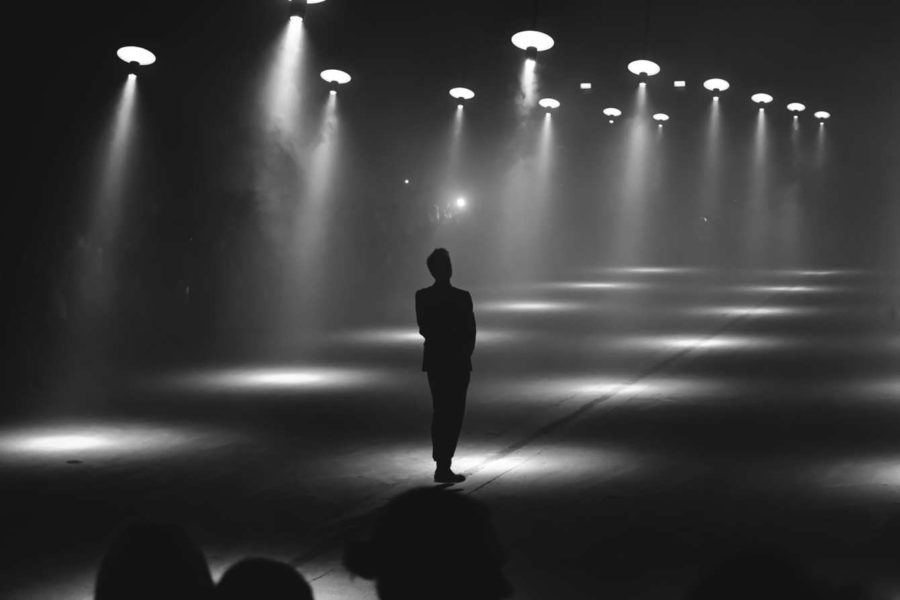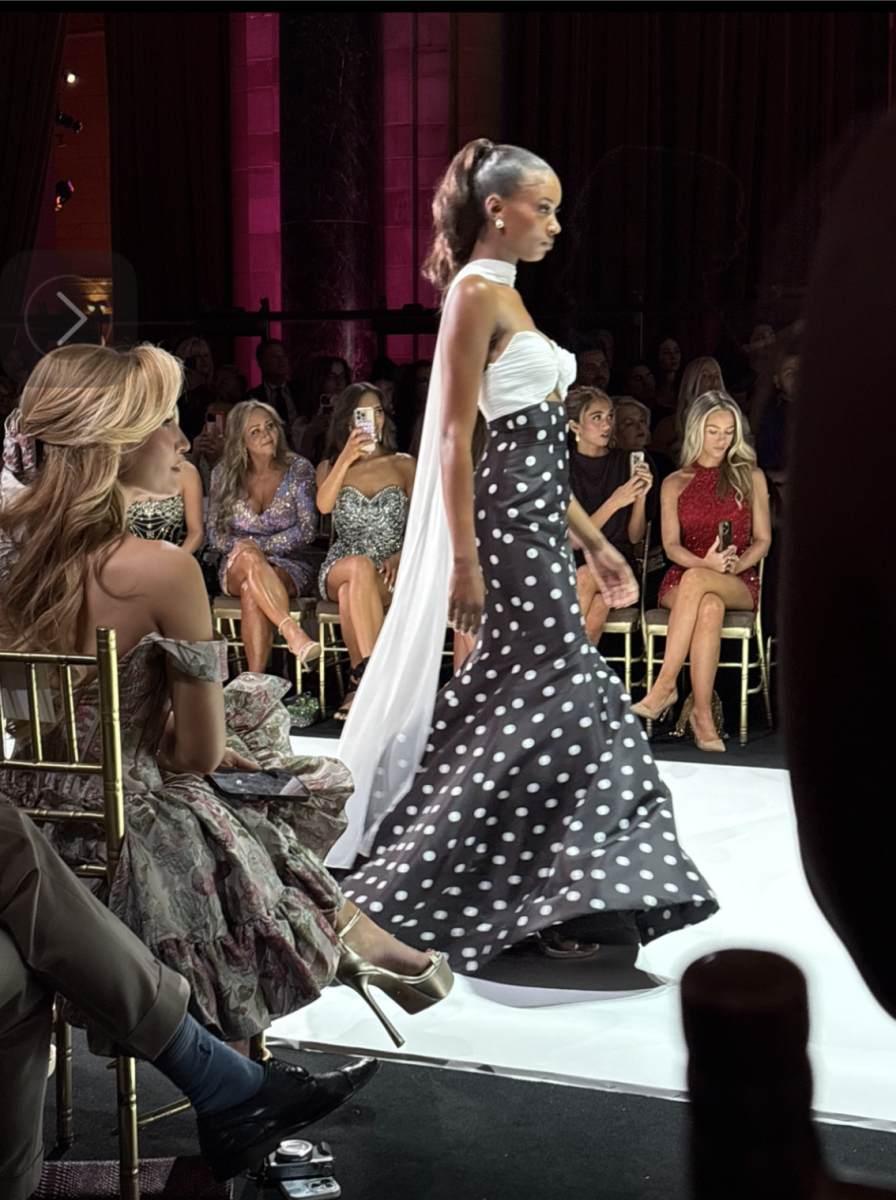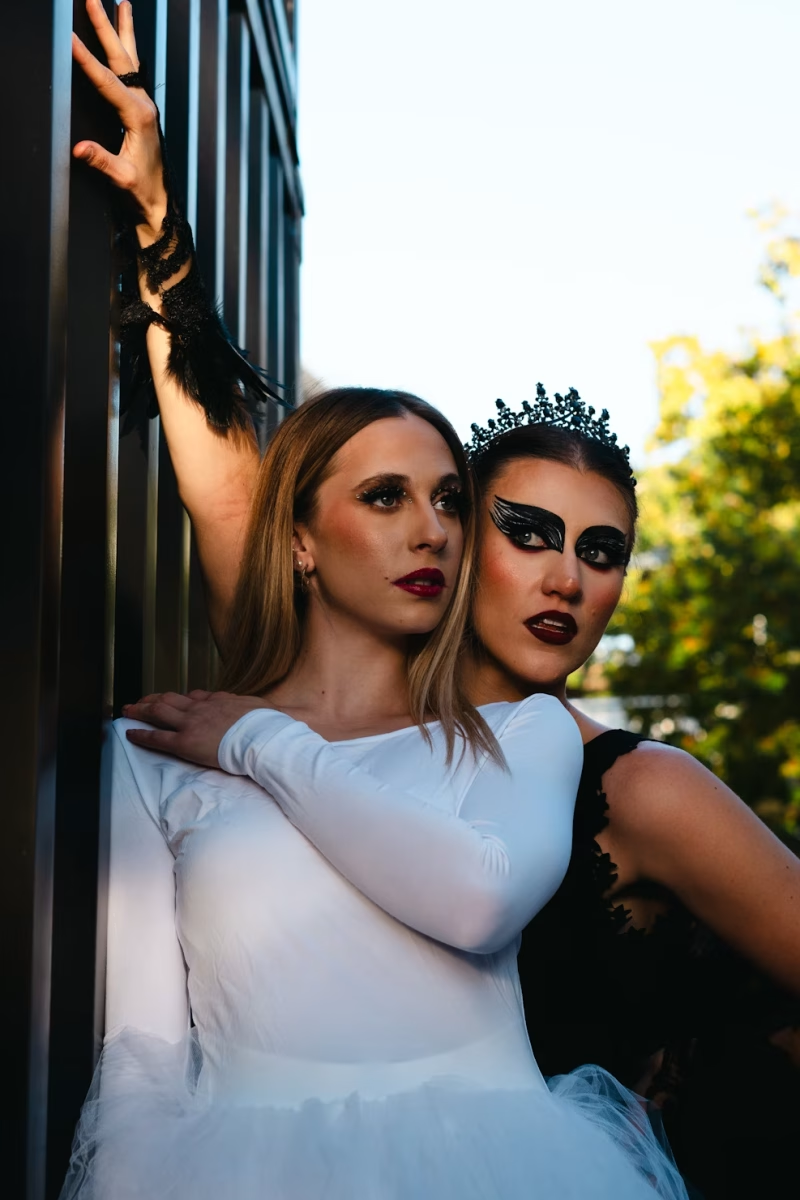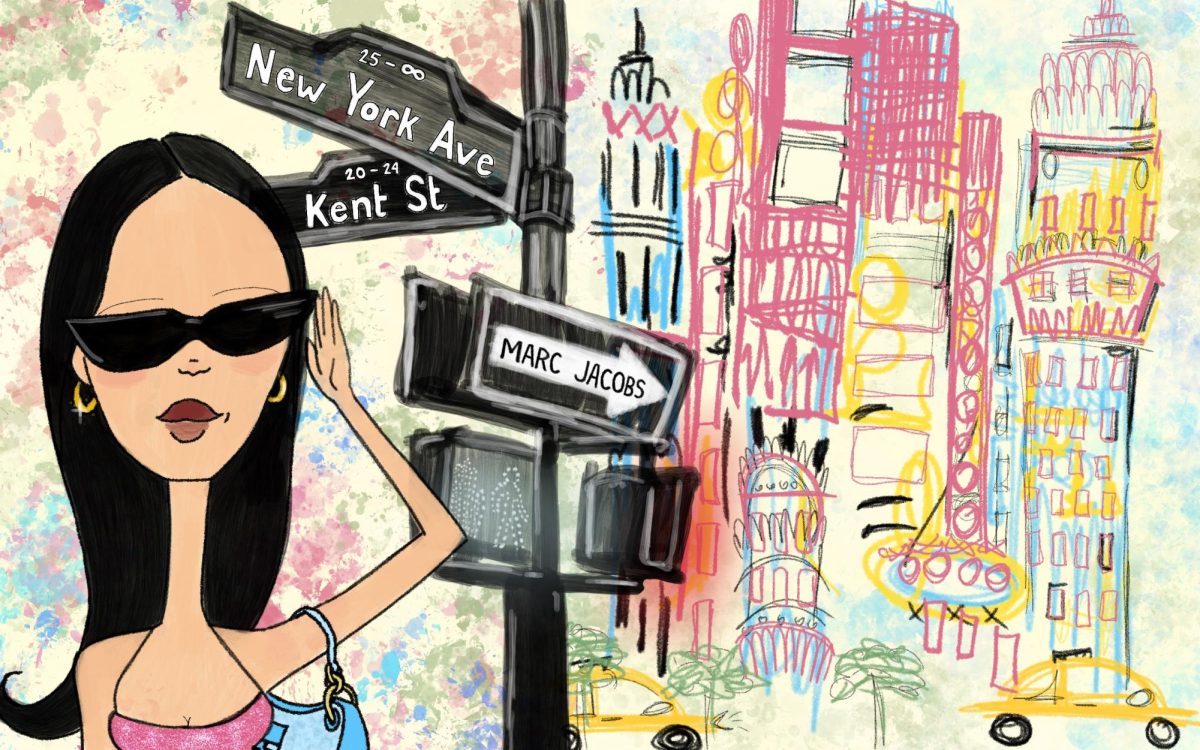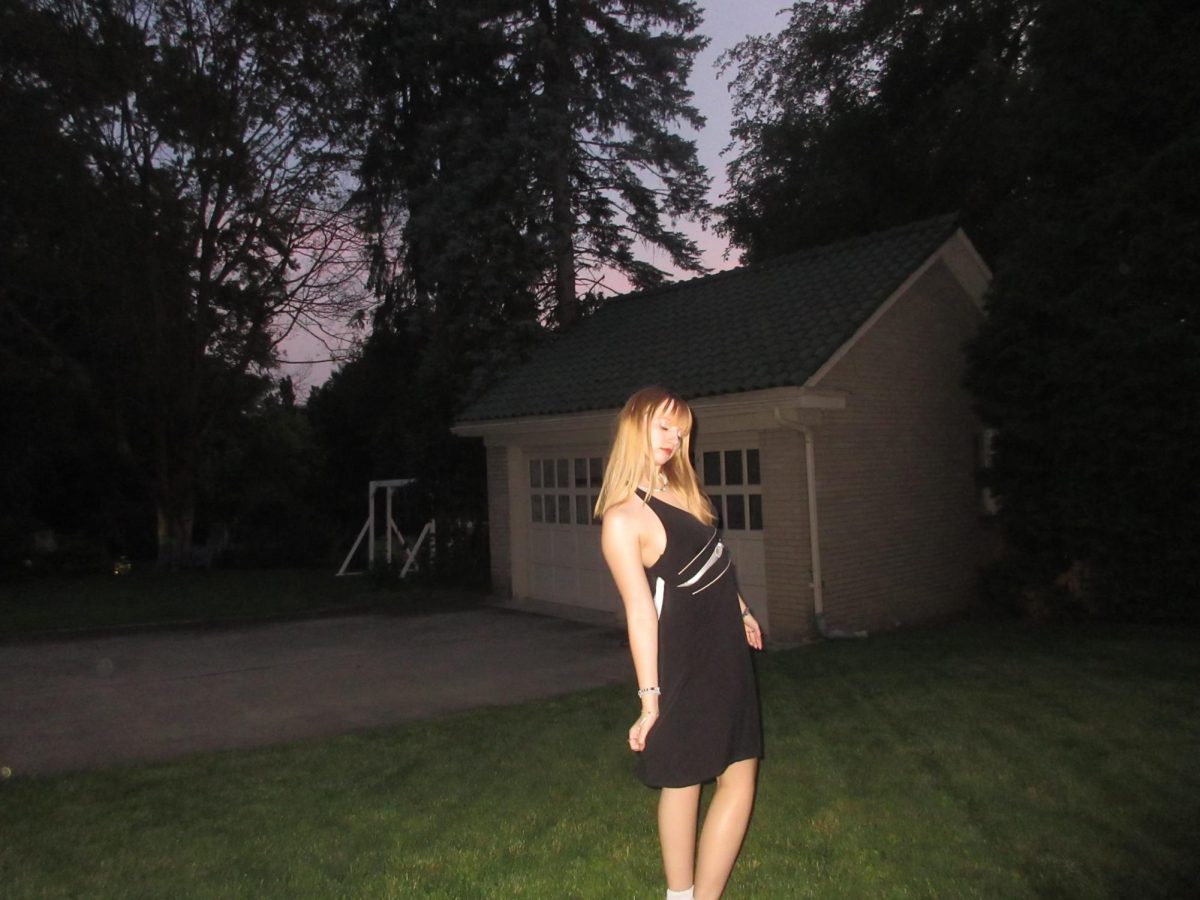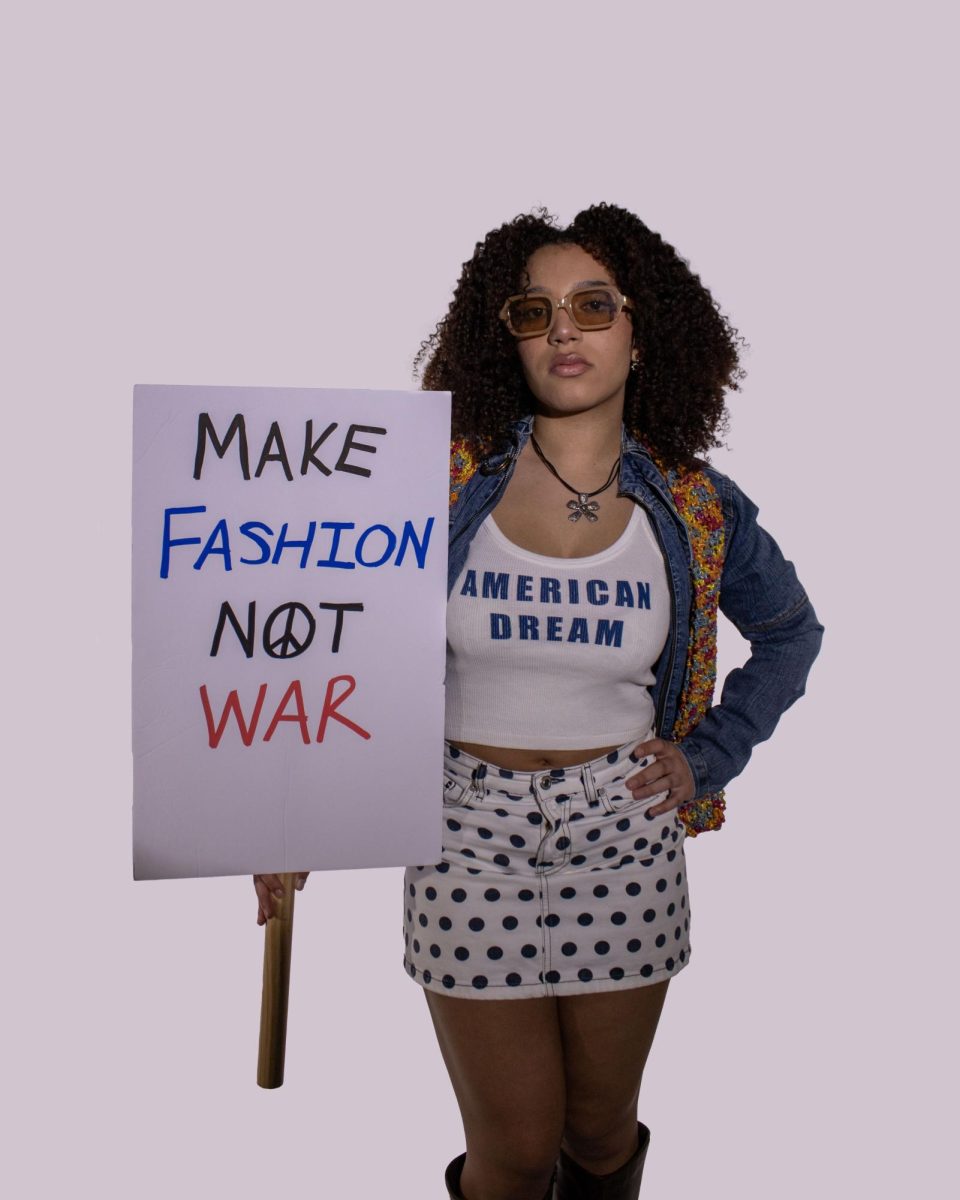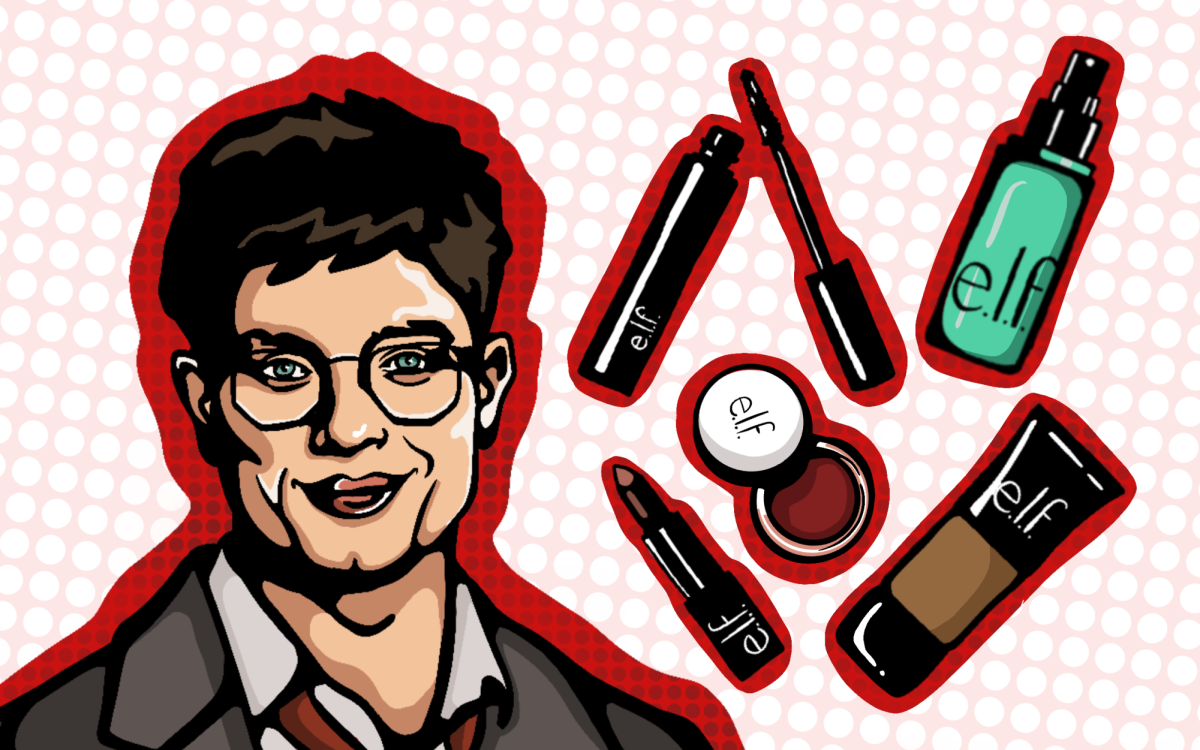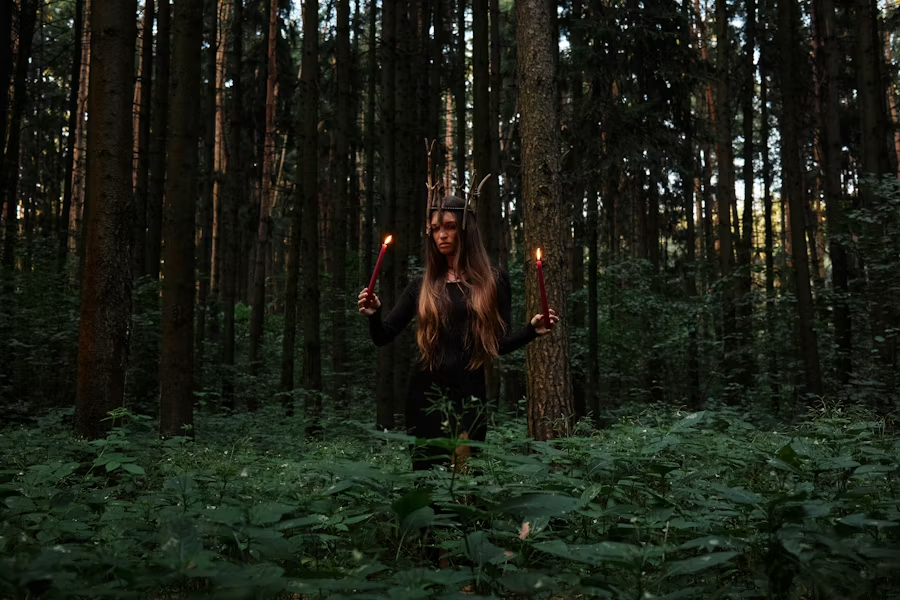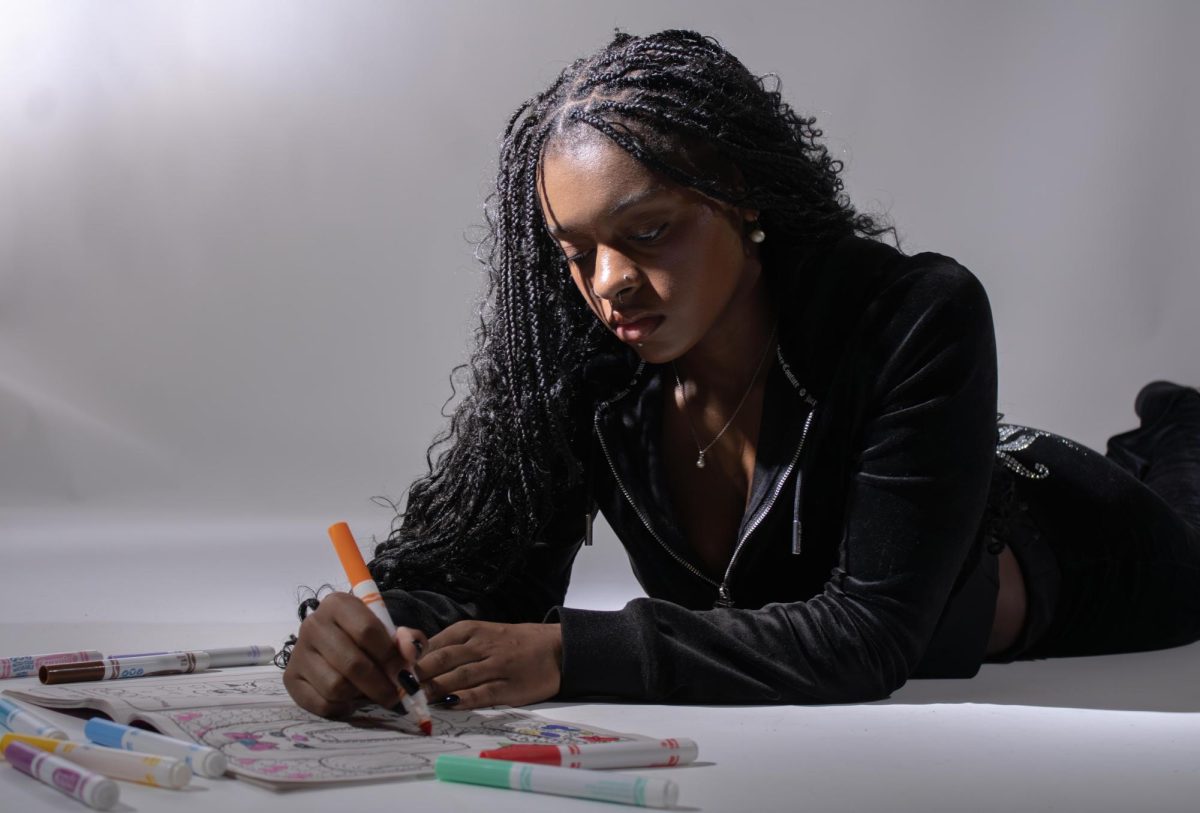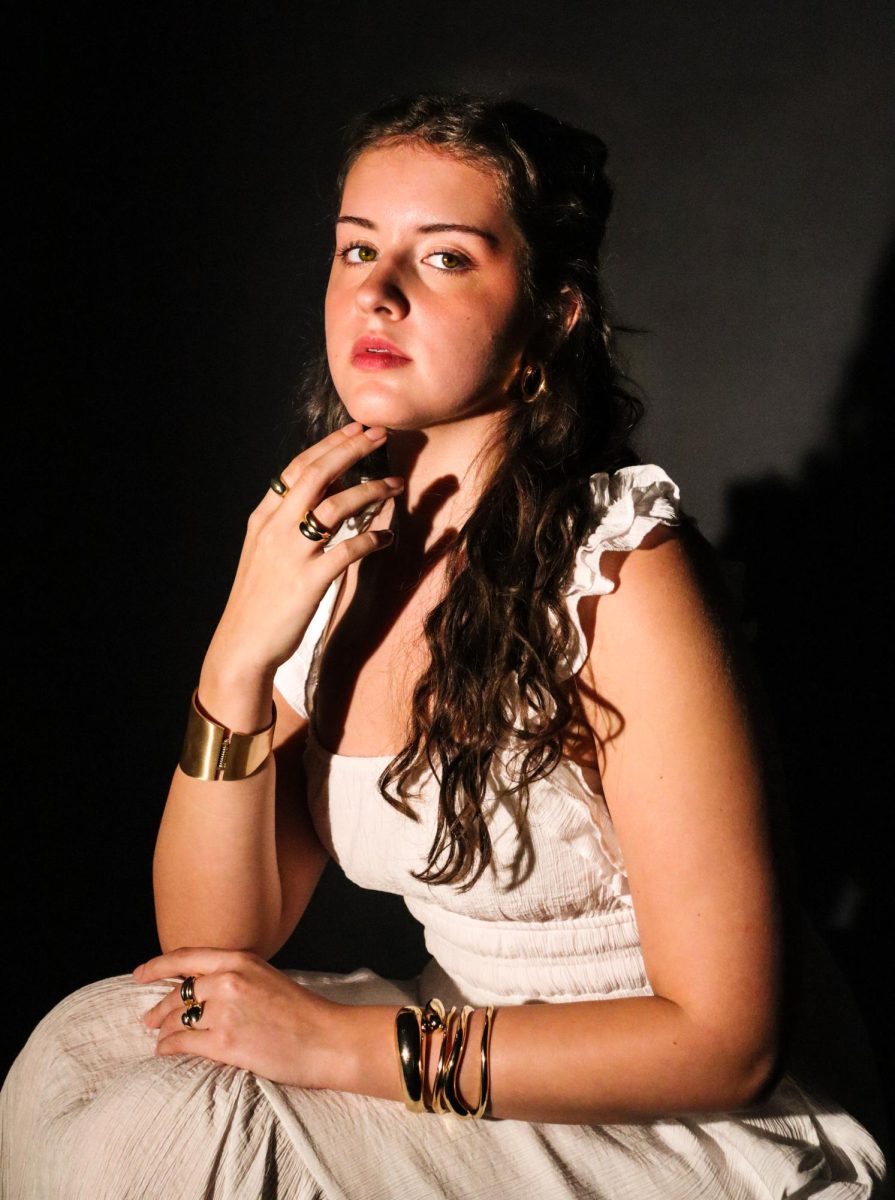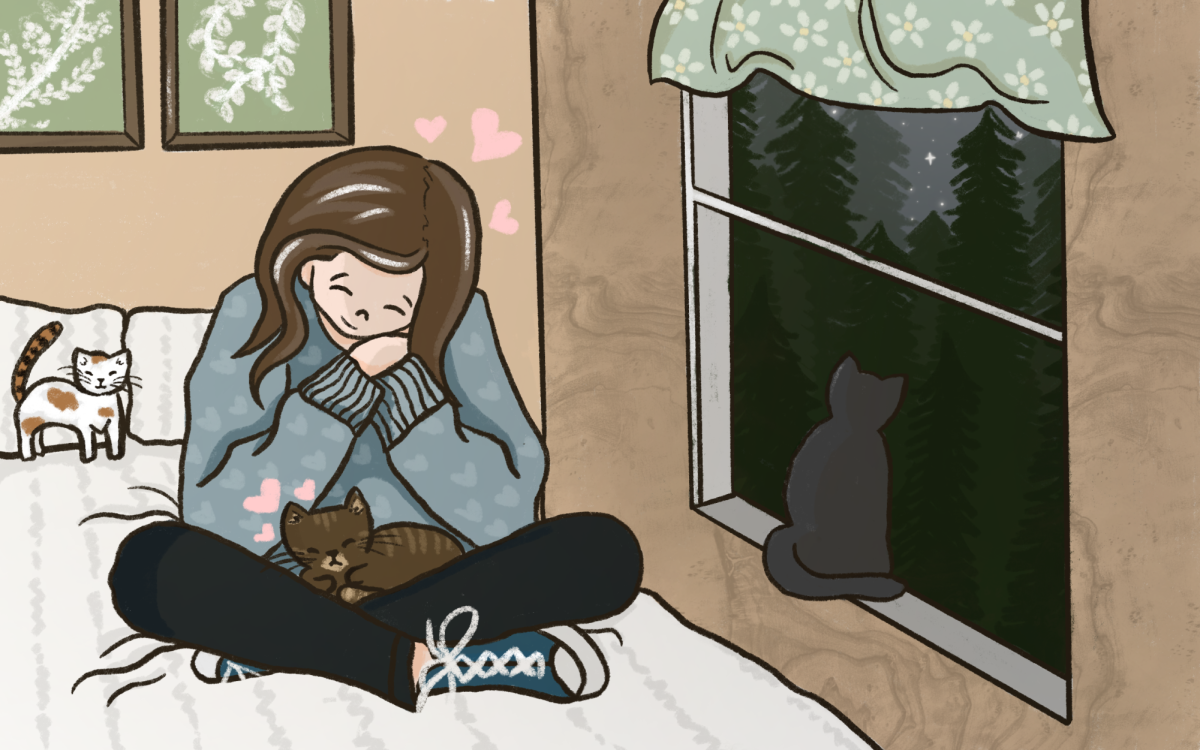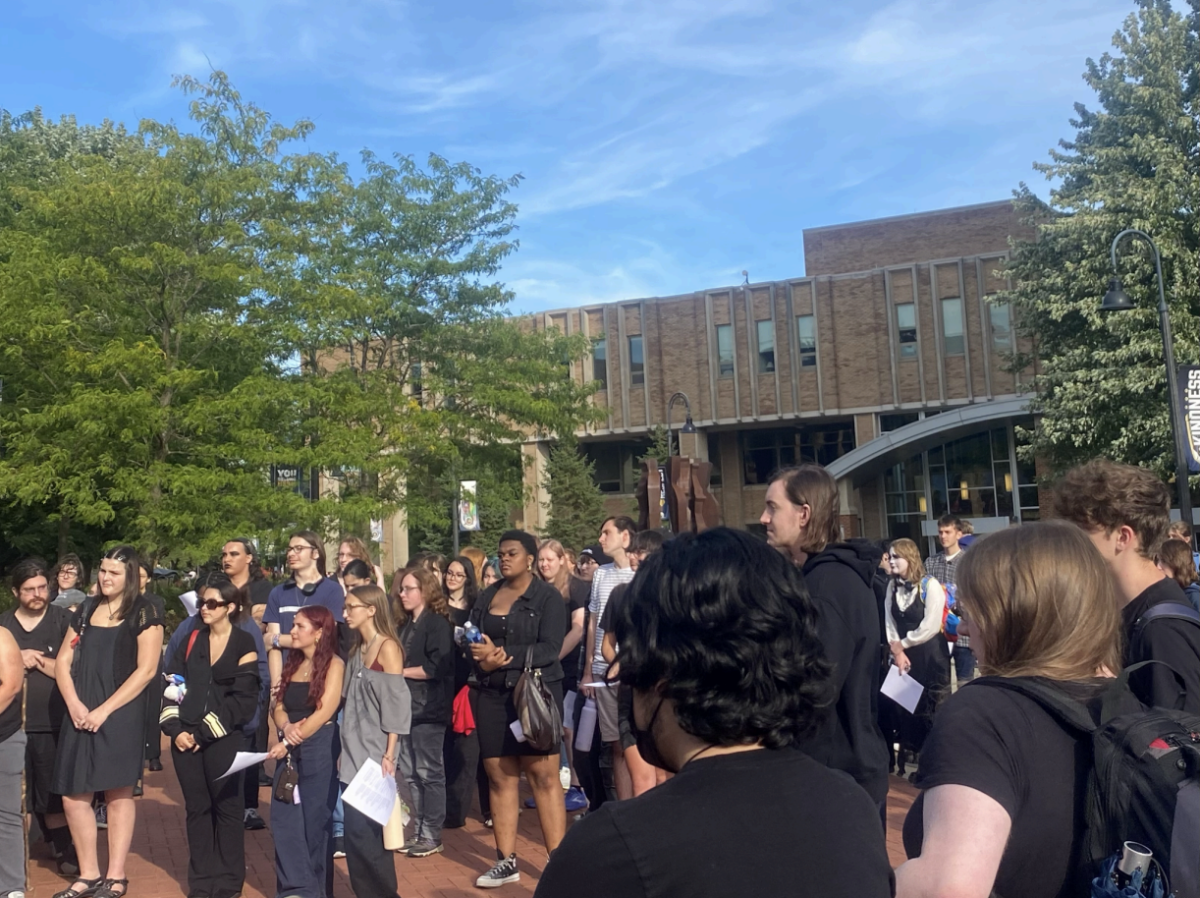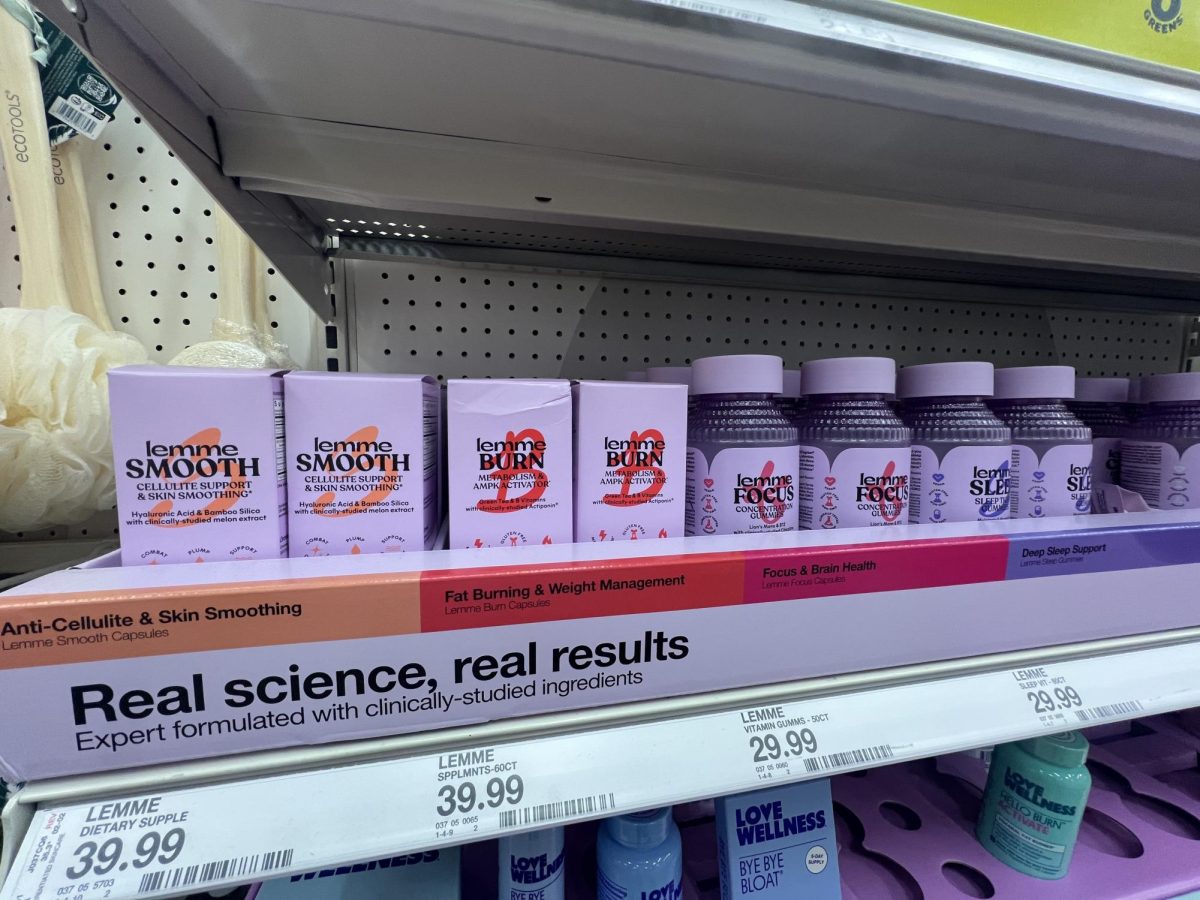After serving 17 years with the famous British fashion brand Burberry, Christopher Bailey has taken his final bow as Burberry’s chief creative director.
Bailey has been a force in the fashion industry since his graduation from Royal College of Art in 1994. Following his time at university, he worked at both Donna Karan and Gucci. These experiences brought Bailey’s name into many fashion circles, leading him to become involved with Burberry in 2001.
One of Bailey’s greatest impacts on the brand was reviving the iconic symbols associated with Burberry. As creative director, he brought back the famous gabardine trench coat that was invented by the founder, Thomas Burberry. In the span of Bailey’s career, he released at least 40 different versions of the trench coat. These designs ranged from new cuts, such as cropped and oversized coats, to added details, like rock studded sleeves and fringe trimmings.
At the beginning of his reign, the famous Burberry check was becoming copied by other brands due to a licensing matter. Bailey overcame this issue by taking away the check and slowly bringing it back in new inventive ways.
Along with trending designs came a celebrity following. Burberry attracted actors, supermodels and other stars to become involved with campaigns. Bailey was one of the first to convince celebrities to become the faces of his editorials. Just a few muses of Bailey’s are Emma Watson, the face of the brand in 2009, and Lily James’ fragrance shoot for “My Burberry Blush.”
Supermodels like Kate Moss, Jourdan Dunn and Cara Delevingne have all been part of the company’s vision of a new energetic Great Britain. All have taken part in photo shoots as well as walked in runways. In fact, Delevingne launched her modeling career walking the 2011 Burberry show.
Star-studded casts were not the only innovative idea Bailey brought forth. Burberry Group PLC was the first fashion house to stream live shows online. It also became the first fashion house to create a Snapchat Discover channel, showing off their men’s fragrance. Bailey understood the power of fashion and the digital age before his other competitors.
“Burberry is as much a media-content company as we are a design company,” Bailey says.
Focusing on marketing has proven to be another of Bailey’s strong suits. Burberry has been one of the first fashion brands to adopt the see now, buy now model for collections. This model has proven to work out, with a 19 percent raise in retail revenue following its first see now, buy now collection.
Bailey has also been a strong supporter of LGBTQ rights. For his final collection, the company’s Instagram page announced it would be donating to three major LGBTQ charities, the Albert Kennedy Trust, The Trevor Project and International Gay and Lesbian Aquatics Association.
“My final collection here at Burberry is dedicated to—and in support of—some of the best and brightest organizations supporting LGBTQ youth around the world,” He says. “There has never been a more important time to say that in our diversity lies our strength and our creativity.”
For the final collection, all of the brand’s conceptions of his 17-year work were celebrated. The front rows were filled with his supporters from Zendaya to Chelsea Clinton. The iconic trench coats and tartan checked accessories were covered in rainbows to show his advocacy for LGBTQ pride. To close off his show, Delevingne returned to walk down the runway to support the designer who gave her a platform.
It is not certain what the future of Burberry will look like with Bailey gone. The Burberry brand we know today has been synonymous with Christopher Bailey’s name. Yet, chief executive officer, Marco Gobetti, says his legacy has given the company confidence to continue down a road to a successful empire.

